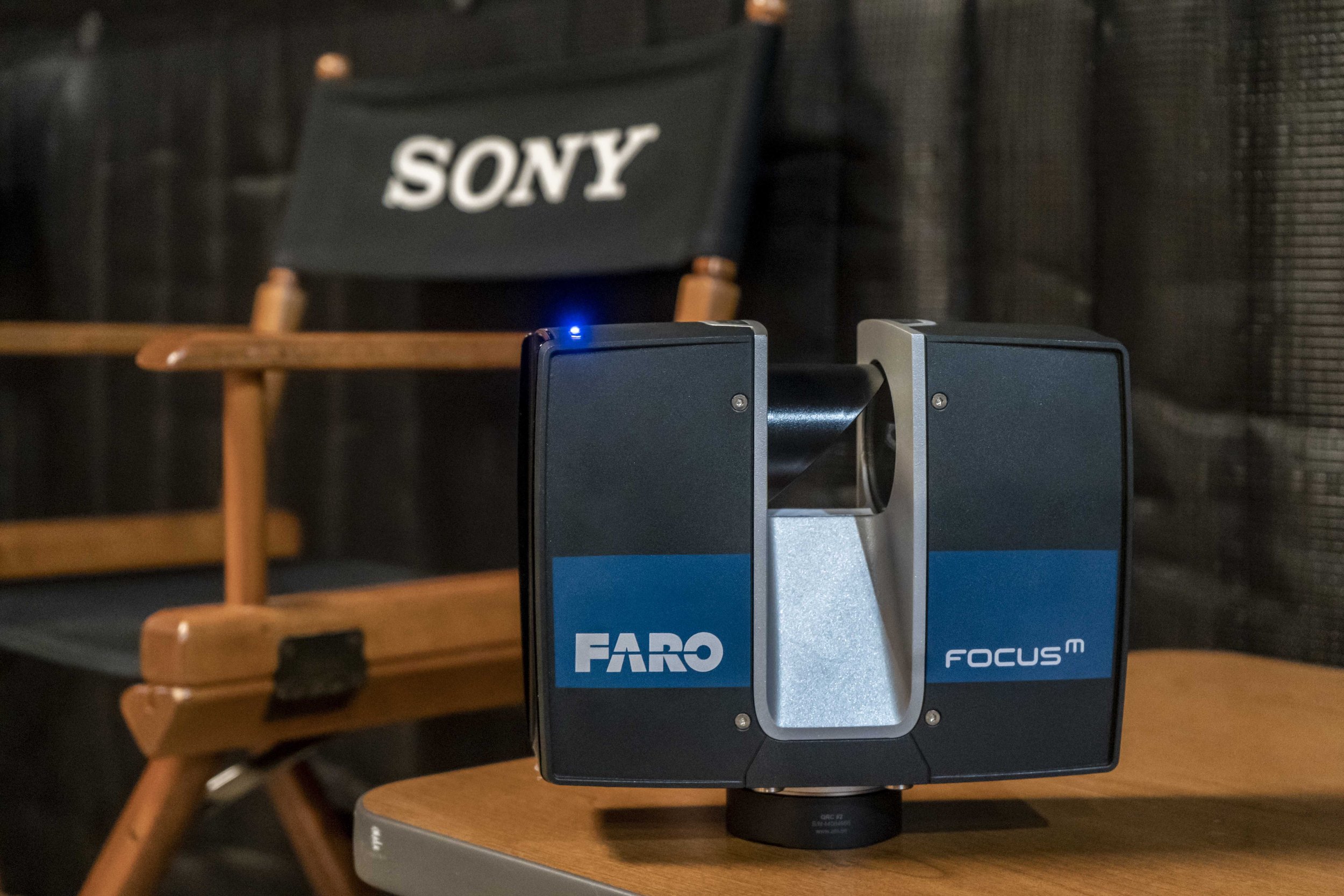
LiDAR Scanning for Media & Entertainment
LiDAR laser scanning is a fast, cost-effective method of capturing a 3D digital representation of a space.
LiDAR laser scanning has a number of uses including AEC, archaeology, forensics, BIM, gaming, and production planning for live events.
In Media & Entertainment, LiDAR laser scanning is a modern way of efficiently and accurately capturing a soundstage, location or production design for the purposes of previz, techviz, data archiving, VFX, Virtual Production and more.
We use a range of scanners that typically operate at a capture rate of up to 1 million measurements per second down to a tolerance of 2mm. Our process typically takes around half a day to fully survey a theatre auditorium and stage depending on its level of complexity.
The output of the scanning process is a point cloud, which is a 3D volume of the aligned measurements captured during the scan. This dataset typically includes billions of unique measurements and provides the foundation for the team of artists at Preevue to build a Digital Twin.
We archive and supply this data in its raw form and as a remodelled, optimised, production-ready 3D CAD Digital Twin.
Fast Data Capture
LiDAR scanning is a fast way of capturing a space in 3D. An average soundstage takes around 2 hours to scan and it’s even possible to scan a set in downtime between takes.
High Level of Detail
Our LiDAR scanners can capture down to 2mm - around 1/8”. This detail of capture provides an incredibly detailed foundation for both archive purposes and for Digital Twins.
Information Archive
LiDAR scanning is a great way of archiving a set or location. Through using the point cloud and subsequent Digital Twin, a production’s various departments can jump back into the exact state on a certain day during the shoot and pull the data they require.


